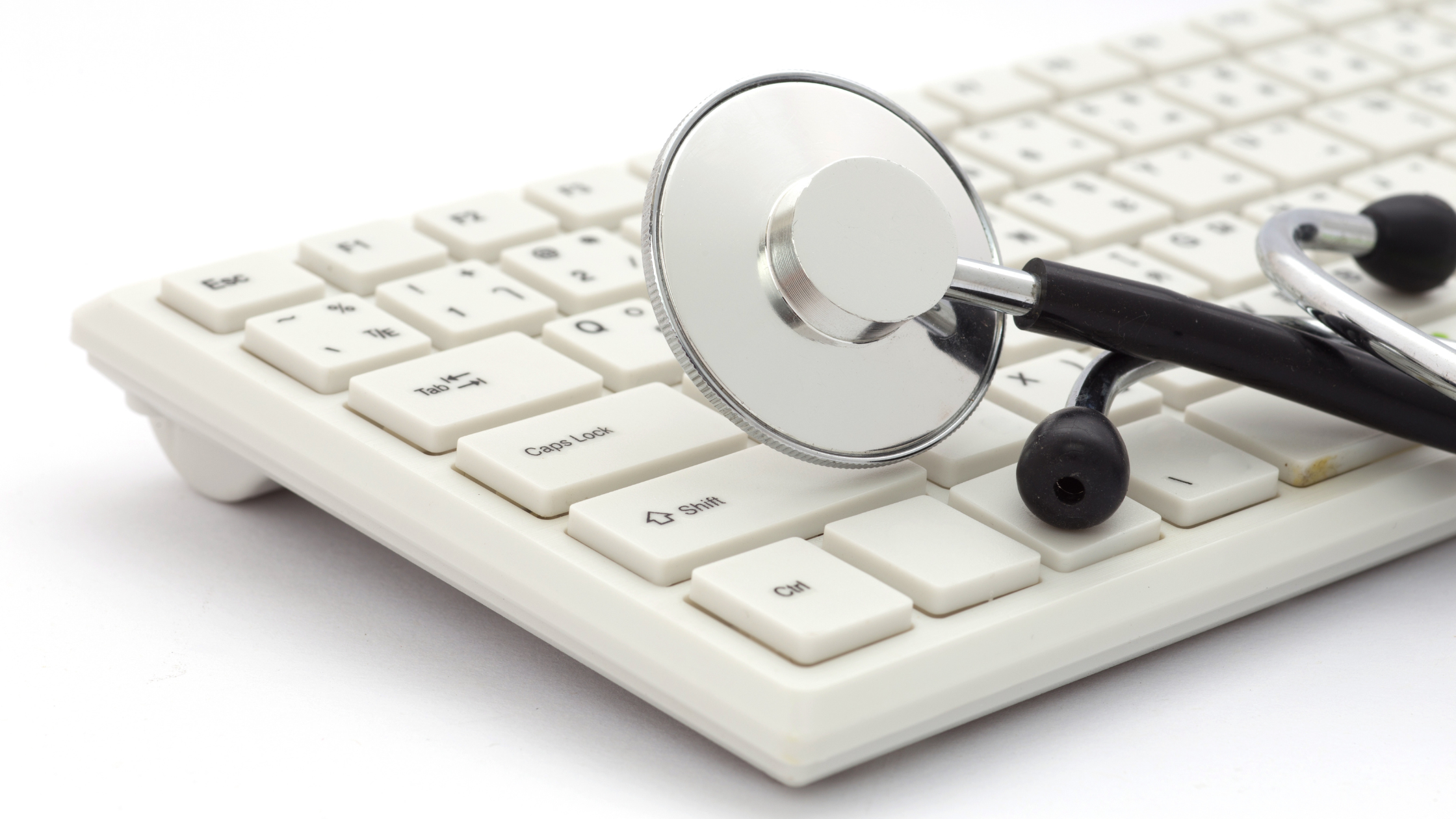In the intricate web of healthcare administration, medical billing and coding emerge as unsung heroes, silently driving the financial engine that sustains medical practices and ensures the seamless flow of patient care. These vital processes play a crucial role in maintaining the balance between healthcare quality and financial sustainability, but they often operate behind the scenes. Let's delve into the profound benefits that medical billing and coding bring to the forefront of the healthcare landscape.
Financial Precision and Stability
Healthcare facilities rely heavily on medical billing and coding for their financial cycle. Accurate coding guarantees precise billing, reducing the risk of claim rejections and delays. By simplifying the billing process, healthcare providers can enhance their cash flow, capture revenue more efficiently, and maintain financial stability. This financial precision enables medical practices to allocate resources effectively, invest in advanced technologies, and provide enhanced patient care.
Compliance and Risk Mitigation
Medical billing and coding professionals are guardians of legal and ethical practices in an era of ever-evolving healthcare regulations and compliance standards. Staying abreast of the latest coding updates and compliance requirements helps healthcare providers avoid penalties and legal complications. Accurate coding also minimizes the risk of audits, ensuring that healthcare organizations operate within the bounds of the law.
Enhanced Patient Experience
Medical billing and coding contribute significantly to a positive patient experience. Patients receive clear and comprehensible statements when billing processes are streamlined and accurate. Transparent communication about financial responsibilities fosters trust and satisfaction among patients. Additionally, efficient billing reduces the likelihood of billing errors and discrepancies, preventing unnecessary stress for patients and allowing them to focus on their health and recovery.
Data Accuracy and Decision Support
Accurate medical coding translates into precise and reliable health data. This wealth of information not only aids in efficient billing but also becomes a valuable resource for healthcare analytics. Medical professionals can use encoded data to recognize patterns, assess treatment effectiveness, and make informed decisions to enhance patient results. Medical billing and coding, therefore, serve as a foundation for evidence-based medicine and continuous quality improvement.
Time and Resource Efficiency
Automation and technology are crucial in medical billing and coding in the modern healthcare industry. With Electronic Health Record (EHR) systems and specialized software, repetitive tasks can be automated, reducing the workload on healthcare professionals. This enhanced efficiency allows staff to focus more on critical patient care, leading to better clinical outcomes. The time previously spent on administrative tasks can now be used to build stronger relationships between patients and providers, resulting in an improved healthcare experience.
Medical billing and coding are fundamental processes for the smooth functioning of healthcare organizations. They go beyond just financial benefits and significantly impact compliance, financial stability, and patient experience. As the healthcare industry continues to evolve, the role of medical billing and coding professionals becomes increasingly critical. They contribute to delivering high-quality, patient-centered care by recognizing and utilizing the power of these behind-the-scenes operations. By doing so, the healthcare industry can advance toward a future of enhanced efficiency, improved outcomes, and better overall patient satisfaction.





